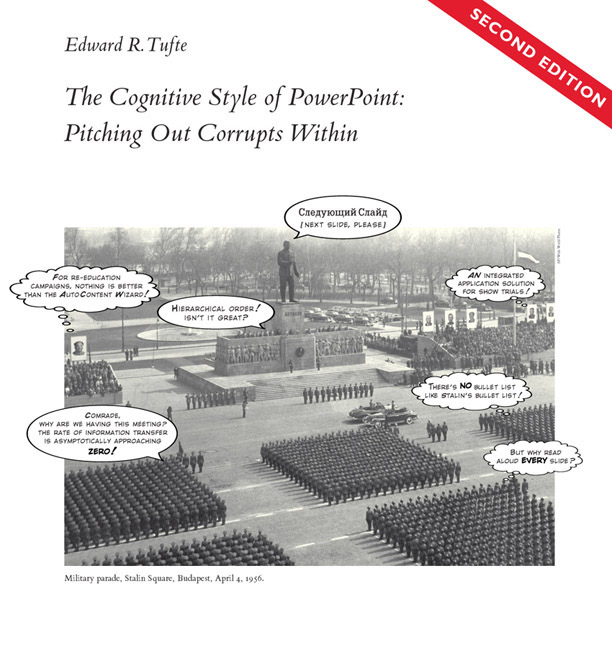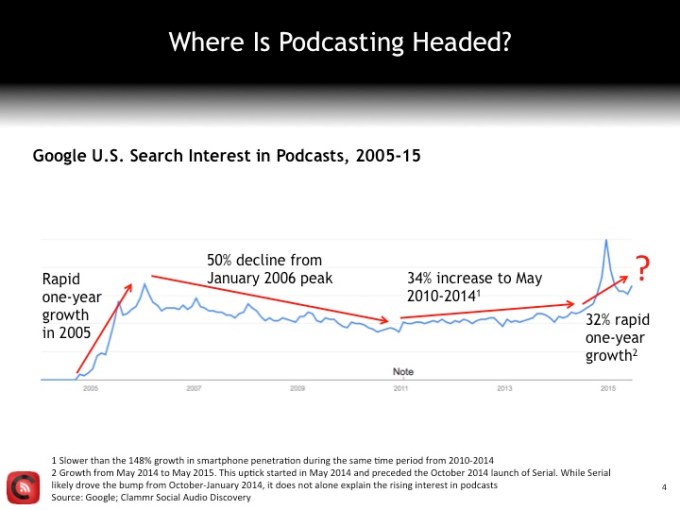#MNsummit2015
Main speaker
Aaron Doering
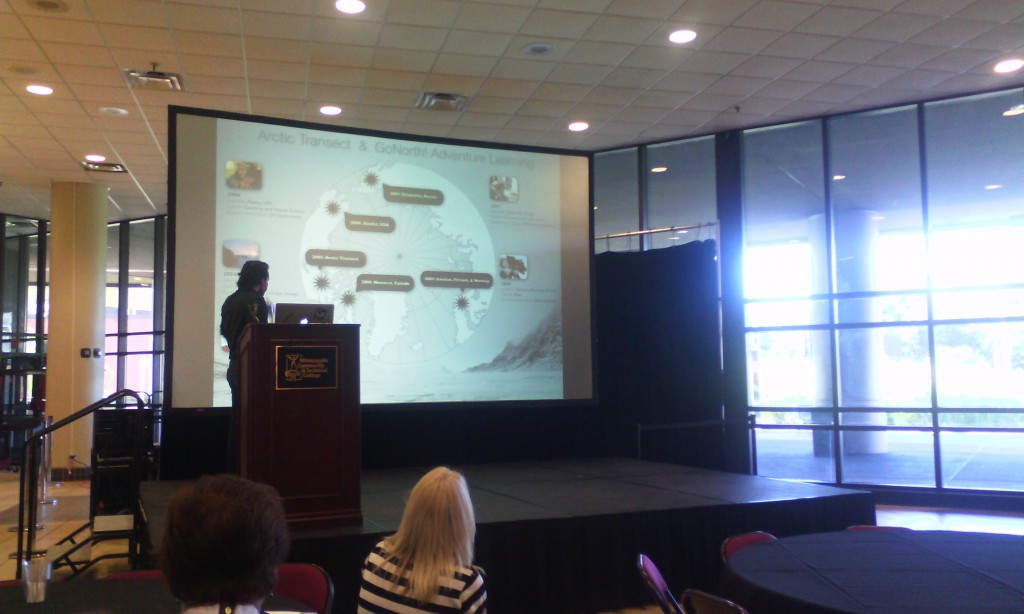
aaron doening
Engagement not completion
Design experience not product
Create change, not simply respond to it
He was a geography teacher : Dimitrina
Experience explore expand. Adventure based how to collaborate in ways we have not collaborated before pedagogical guidelines internet driven
Instructor – content – design
Today: first think is design, content, instructor. So how do we design learning environments is the most important one
Guide learners as designers. Constructivism. Design for meaning. Through the power of the story.
Geotetic design a learning environment learn geography using GIS
Situated movies (student-centered learning)
Grant Earthducation go to the most remote parts of the world to align their education with their culture, instead of what the government is downing as culture
Use of phone: whoever answers instructor’s question first, gets to pose the next question to the rest of the audience.
Design based research
Self-narrative, referencing the experience real world issues in real time
- reference knowledge . knowledge overlap. Technological pedagogical content knowledge.
Geotetic not only how prepare teachers, but desing learning environmwer of the story.
we explore: https://www.we-explore.com/
9.5 design as a learner.
the U Media Lab.
The Changing Earth. App GoX (instagram on steroids. tell their story through the app). How is this different from Google Earth
Raptor Lab (rehabilitate a raptor).
- design experiences
- build trust
- guide learners as designers
- recognize learners as experts
- encourage collaboration
- inspire self narrative
- reference the knowledge domains
- teach for change
- design as learner
adoering@umn.edi chasingseals.com @chasingseals
podcast pontification (audio version of blog self reflections)
Greg Steinke The U
A Digital Story Assignment using WeVideo

WeVideo is the Google response to iMovie cloud
The U is on Google email and thus google drive and all other google tools
The Center for Digital Storytelling. short videos, 3-5 min incorporate photographs with the author narration, reflection
Assignment (verbal directions). process (write a 2 page script, every page is about a minute of video), gather images that support the story; edit the script (rewrite); record audio to the script (use an app on the phone instead of WeVideo), WeVideo can edit the audio recording; edit the story, edit the photos to match the story; YourTube and/or Google+
working with faculty: is the digital story a good fit for your course? two questions: does the course have many writing assignments? does everyone have to do the same type of assignment? do you want to offer choices? do you want your students to share their work outside of the class? to you want to explore opportunities for students to develop 21 century skills?
google communities for sharing
wewideo has a tutorial at Center for Digital Storytelling
students can use the digital story for their eportfolio
the entire exercise is entirely based on mobile devices
time frame: scaffolding options
3d printing products were the tangible result of the project and the digital storytelling just the format to present
Google Drive master folder for the phone images and video; iOS apps: MoviePro, FiLMc Pro, VoiceRecord Pro (including mp3); Android: WeVideo
Storyboard template
Faculty Development Programs: Digital Storytelling Community of Practice
http://it.umn.edu/faculty-development-programs-digital-0
Poster sessions:
Brad Hokanson
http://dha.design.umn.edu/faculty/BHokanson.html
iPAD video kit:

Laurie Conzemius
Critical Thinking

ISTE: http://conference.iste.org/2016/
Joe Lau critical thinking
apps: Popplet blog.popplet.com http://www.popplet.com/ (mindmapping)
into the book: http://reading.ecb.org/
Kahoot – the token system. Polleverywhere https://blog.stcloudstate.edu/ims/2015/05/21/polls-and-surveys-tools-for-education/
Symbaloo https://www.symbaloo.com/home/mix/13eOcK1fiV zotero, easybib, delicious, diigo depending on the grade
youth voices; http://youthvoices.net/ replace social media like teachertube is trying to replace youtube
quandary games in education. https://www.quandarygame.org/ sim city
citizen science alliance http://www.citizensciencealliance.org/
Toontastic https://itunes.apple.com/us/app/toontastic/id404693282?mt=8 now free storytelling
coding and programming: https://www.makewonder.com/robots/dashanddot scratch
Osmo : https://www.playosmo.com/en/ $79.99 + give a set for free Stride principle as a parental involvement
chainlink;
kickword; https://play.google.com/store/apps/details?id=com.makario.wordkick
red herring (four categories) https://play.google.com/store/apps/details?id=com.BlueOxTech.RedHerring&hl=en
http://www.mathplayground.com/logicgames.html
http://www.mathplayground.com/thinkingblocks.html
evaluation:
telestory https://itunes.apple.com/us/app/telestory/id915378506?mt=8
explain everything http://explaineverything.com/
Exploring and Connecting 3D Printing to Teaching and Learning Jason Spartz, Saint Mary’s University of Minnesota
http://pubs.lib.umn.edu/minnesota-elearning-summit/2015/program/23/
http://pubs.lib.umn.edu/cgi/viewcontent.cgi?article=1023&context=minnesota-elearning-summit
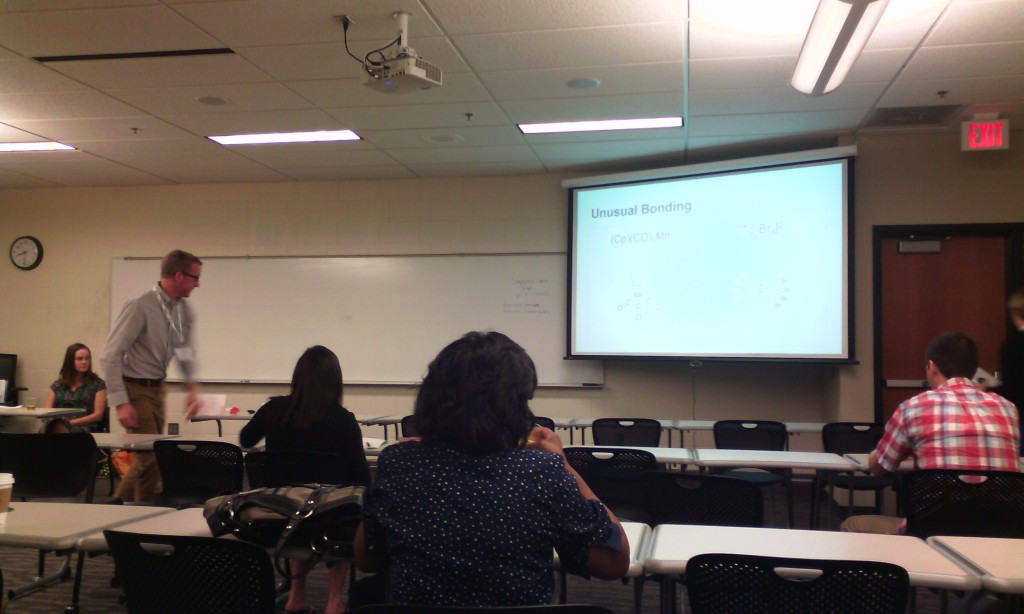
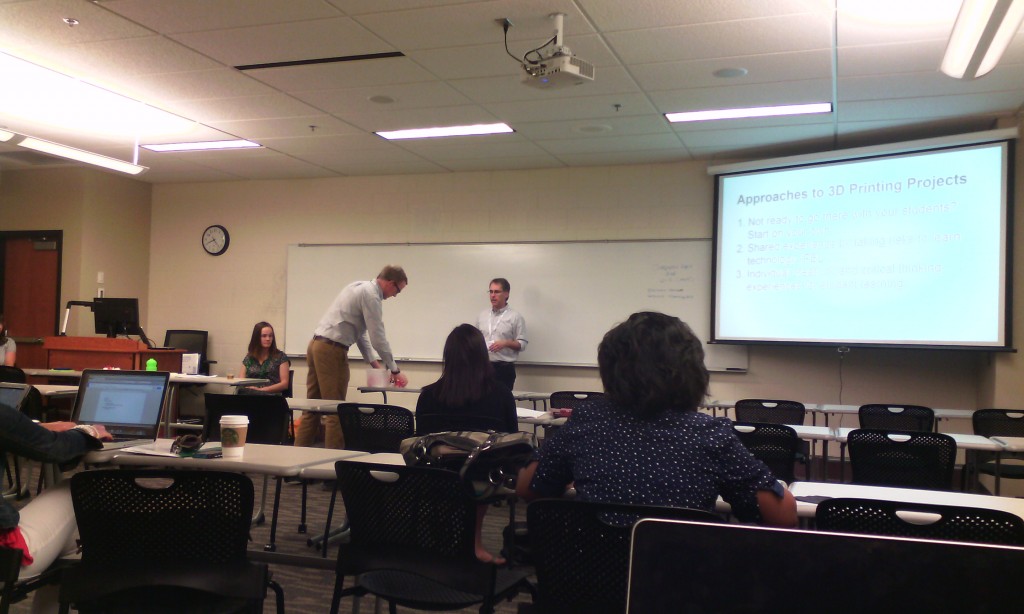
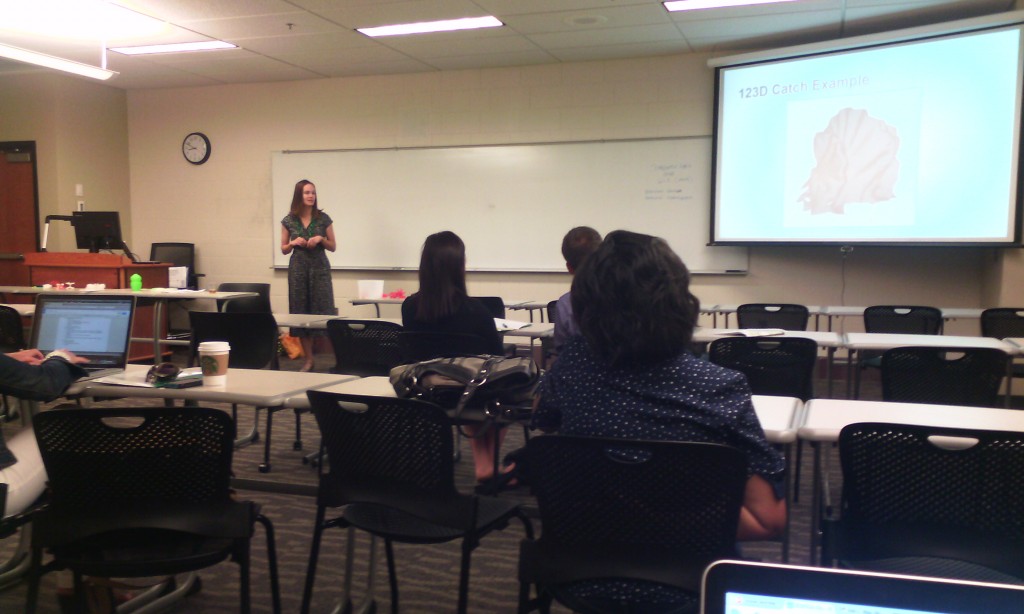
Jason Spartz, Saint Mary’s University of MinnesotaFollow
Lisa Truax, Saint Mary’s University of MinnesotaFollow
Karen Sorvaag, Saint Mary’s University of MinnesotaFollow
Brett Bodsgard, Saint Mary’s University of MinnesotaFollow
chemistry professor. 3D printing with different materials.
what else can be made (e.g. reaction vessel)
printing of atoms
crystalography dbase
Karen: pre-service teachers professor: how to use 3d printers and be comfortable with them. Steve Hoover. Thinkercad and Autodesk123D>
3D academy http://www.team3dacademy.com/index2.html. Pinterest board for3d Printing with resources
Lisa: graphic design. not intuitive. Rhinoceros (not free anymore). 123D strong learning curve. 3d printing will be incorporated in the curriculum. sculpture students and others don’t like fudging on the computer, but Adobe people love it. Some items takes up to 4 hours to print out. when working on the computer is difficult for some students to visualize the dimensionality.
collaborative learning opportunities.
no makerspace or fab lab. additional interest from the theater and business dept. 3d printing is connected to future work skills. new media ecology or media literacy set of skills.
the main presenter: build excitement and interest and gradually step back. how much material goes through and should we charge back. clean and maintenance involved; not too bad. better then a copier. plastic inexpensive. sizes with plastic – $25 and $50. how many project of a spool: depending on the size of the projects but considerable amount. two printers one art dept and one in the faculty dev area.
non profit visually impaired students. how 3d can make difference in special ed.
3d printing lab with access for everybody. ownership brings policy. where housed: neutral place.
only one printer is barely sufficient for faculty to figure out how to use it. purchasing two more if students and curricula to be involved.
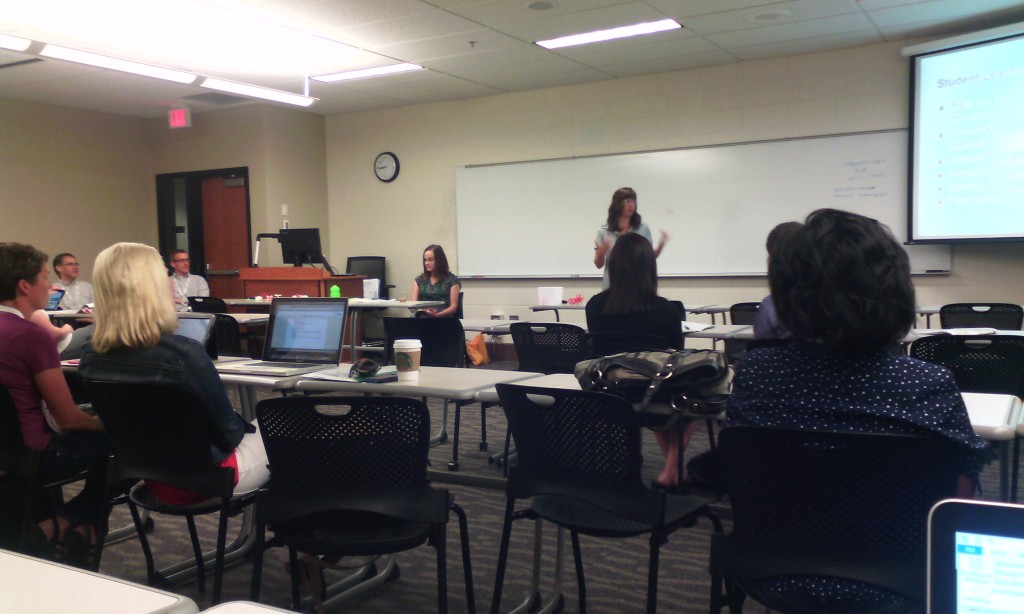



The Balancing Act: Team-Creating an eBook as an Alternative Method for Content Delivery Tom Nechodomu, University of Minnesota

Faculty Created digital stories – google “cultivaitng change series”
student created digital stories –
Susan Andre uses a slide titled “trust” to elucidate how the entire project was enabled. “trust” and “transparency” are sparse currency in the environment I work in. if she is right an ebook ain’t happening anytime soon at my place.
inclining habitat.
students involvement. use stipends. student artists. food for the video interviews. create a community, student centered.
people able to change the book.
copyright process; did you find it cumbersome. copyright permission center.
time span and amount of hours spent: 3-4 months per chapter.
Main speaker
David Wiley. Making Teaching and Learning Awesome with Open
MN Learning Commons
open educational resources
LUMEN
education – sharing feedback, encouragement with students passion about the discipline, yourself
open is not the same as free. free + permissions + copyright permission: 5 r = retain (make and own copies), reuse (use in a wide range of ways), revise (adapt, modify, and improve), remix (combine two or more), redistribute (share with others)
open:
free and unfettered access
perpetual, irrevocable copyright permissions
(look but don’t touch is not open)
tech enables OER permits
traditionally copyright materials on the Internet – not so good ; jet on the road
openly copyright materials on the internet _ yes: jet in the air
permission-less innovation. relatively inexpensive and broad permissions.
intellectual infrastructure of education: learning outcomes/objectives; assessments; textbooks. they are relatively expensive and narrow permissions.
disappearing ink strategies: buyback, rental, ebooks, online subscription
mad, glad, sad, rad: the grumpy cat. student success per dollar
opennetgroup.org/review
change in student learning: replace commercial with open books – small. realign, bigger change. rethink is the large change.
responsibilities:
attribution and meeting other license requirements
thin common cartridge: a way to bring the content to the CMS, but the content remains on the creative commons
disposable assignment: students hate doing them, instructors hate grading them. waste of time and energy
so what?
open education infrastructure: open outcomes, objectives, activities, educational resources
the culture of glued legos must be eradicated. open pedagogy. open credentialing model
summary: don’t settle for “affordable.” improve student outcomes. improve affordability. improve design / academic freedom
links generated from the discussion at my presentation:
Tumbleson, B. E., & Burke, J. (. J. (2013). Embedding librarianship in learning management systems: A how-to-do-it manual for librarians. Neal-Schuman, an imprint of the American Library Association.
|
 |
https://scsu.mplus.mnpals.net/vufind/Record/007650037
see also:
Kvenild, C., & Calkins, K. (2011).
Embedded Librarians: Moving Beyond One-Shot Instruction – Books / Professional Development – Books for Academic Librarians – ALA Store. ACRL. Retrieved from
http://www.alastore.ala.org/detail.aspx?ID=3413
p. 20 Embedding Academic and Research Libraries in the Curriculum: 2014-nmc-horizon-report-library-EN
xi. the authors are convinced that LMS embedded librarianship is becoming he primary and most productive method for connecting with college and university students, who are increasingly mobile.
xii. reference librarians engage the individual, listen, discover what is wanted and seek to point the stakeholder in profitable directions.
Instruction librarians, in contrast, step into the classroom and attempt to lead a group of students in new ways of searching wanted information.
Sometimes that instruction librarian even designs curriculum and teaches their own credit course to guide information seekers in the ways of finding, evaluating, and using information published in various formats.
Librarians also work in systems, emerging technologies, and digital initiatives in order to provide infrastructure or improve access to collections and services for tend users through the library website, discovery layers, etc. Although these arenas seemingly differ, librarians work as one.
xiii. working as an LMS embedded librarian is both a proactive approach to library instruction using available technologies and enabling a 24/7 presence.
1. Embeddedness involves more that just gaining perspective. It also allows the outsider to become part of the group through shared learning experiences and goals. 3. Embedded librarianship in the LMS is all about being as close as possible to where students are receiving their assignments and gaining instruction and advice from faculty members. p. 6 When embedded librarians provide ready access to scholarly electronic collections, research databases, and Web 2.0 tools and tutorials, the research experience becomes less frustrating and more focused for students. Undergraduate associate this familiar online environment with the academic world.
p. 7 describes embedding a reference librarian, which LRS reference librarians do, “partnership with the professor.” However, there is room for “Research Consultations” (p. 8). While “One-Shot Library Instruction Sessions” and “Information Literacy Credit Courses” are addressed (p. 809), the content of these sessions remains in the old-fashioned lecturing type of delivering the information.
p. 10-11. The manuscript points out clearly the weaknesses of using a Library Web site. The authors fail to see that the efforts of the academic librarians must go beyond Web page and seek how to easy the information access by integrating the power of social media with the static information residing on the library web page.
p. 12 what becomes disturbingly clear is that faculty focus on the mechanics of the research paper over the research process. Although students are using libraries, 70 % avoid librarians. Urging academic librarians to “take an active role and initiate the dialogue with faculty to close a divide that may be growing between them and faculty and between them and students.”
Four research context with which undergraduates struggle: big picture, language, situational context and information gathering.
p. 15 ACRL standards One and Three: librarians might engage students who rely on their smartphones, while keeping in mind that “[s]tudents who retrieve information on their smartphones may also have trouble understanding or evaluating how the information on their phone is ‘produced, organized, and disseminated’ (Standard One).
Standard One by its definition seems obsolete. If information is formatted for desktops, it will be confusing when on smart phones, And by that, it is not mean to adjust the screen size, but change the information delivery from old fashioned lecturing to more constructivist forms. e.g. http://web.stcloudstate.edu/pmiltenoff/bi/
p. 15 As for Standard Two, which deals with effective search strategies, the LMS embedded librarian must go beyond Boolean operators and controlled vocabulary, since emerging technologies incorporate new means of searching. As unsuccessfully explained to me for about two years now at LRS: hashtag search, LinkedIn groups etc, QR codes, voice recognition etc.
p. 16. Standard Five. ethical and legal use of information.
p. 23 Person announced in 2011 OpenClass compete with BB, Moodle, Angel, D2L, WebCT, Sakai and other
p. 24 Common Features: content, email, discussion board, , synchronous chat and conferencing tools (Wimba and Elluminate for BB)
p. 31 information and resources which librarians could share via LMS
– post links to dbases and other resources within the course. LIB web site, LibGuides or other subject-related course guidelines
– information on research concepts can be placed in a similar fashion. brief explanation of key information literacy topics (e.g difference between scholarly and popular periodical articles, choosing or narrowing research topics, avoiding plagiarism, citing sources properly whining required citations style, understanding the merits of different types of sources (Articles book’s website etc)
– Pertinent advice the students on approaching the assignment and got to rheank needed information
– Tutorials on using databases or planning searches step-by-step screencast navigating in search and Candida bass video search of the library did you a tour of the library
p. 33 embedded librarian being copied on the blanked emails from instructor to students.
librarian monitors the discussion board
p. 35 examples: students place specific questions on the discussion board and are assured librarian to reply by a certain time
instead of F2F instruction, created a D2L module, which can be placed in any course. videos, docls, links to dbases, links to citation tools etc. Quiz, which faculty can use to asses the the students
p. 36 discussion forum just for the embedded librarian. for the students, but faculty are encouraged to monitor it and provide content- or assignment-specific input
video tutorials and searching tips
Contact information email phone active IM chat information on the library’s open hours
p. 37 questions to consider
what is the status of the embedded librarian: T2, grad assistant
p. 41 pilot program. small scale trial which is run to discover and correct potential problems before
One or two faculty members, with faculty from a single department
Pilot at Valdosta State U = a drop-in informatil session with the hope of serving the information literacy needs of distance and online students, whereas at George Washington U, librarian contacted a distance education faculty member to request embedding in his upcoming online Mater’s course
p. 43 when librarians sense that current public services are not being fully utilized, it may signal that a new approach is needed.
pilots permit tinkering. they are all about risk-taking to enhance delivery
p. 57 markeing LMS ebedded Librarianship
library collections, services and facilities because faculty may be uncertain how the service benefits their classroom teaching and learning outcomes.
my note per
“it is incumbent upon librarians to promote this new mode of information literacy instruction.” it is so passe. in the times when digital humanities is discussed and faculty across campus delves into digital humanities, which de facto absorbs digital literacy, it is shortsighted for academic librarians to still limit themselves into “information literacy,” considering that lip service is paid for for librarians being the leaders in the digital humanities movement. If academic librarians want to market themselves, they have to think broad and start with topics, which ARE of interest for the campus faculty (digital humanities included) and then “push” their agenda (information literacy). One of the reasons why academic libraries are sinking into oblivion is because they are sunk already in 1990-ish practices (information literacy) and miss the “hip” trends, which are of interest for faculty and students. The authors (also paying lip services to the 21st century necessities), remain imprisoned to archaic content. In the times, when multi (meta) literacies are discussed as the goal for library instruction, they push for more arduous marketing of limited content. Indeed, marketing is needed, but the best marketing is by delivering modern and user-sought content.
the stigma of “academic librarians keep doing what they know well, just do it better.” Lip-services to change, and life-long learning. But the truth is that the commitment to “information literacy” versus the necessity to provide multi (meta) literacites instruction (Reframing Information Literacy as a metaliteracy) is minimizing the entire idea of academic librarians reninventing themselves in the 21st century.
Here is more: NRNT-New Roles for New Times
p. 58 According to the Burke and Tumbleson national LMS embedded librarianship survey, 280 participants yielded the following data regarding embedded librarianship:
- traditional F2F LMS courses – 69%
- online courses – 70%
- hybrid courses – 54%
- undergraduate LMS courses 61%
- graduate LMS courses 42%
of those respondents in 2011, 18% had the imitative started for four or more years, which place the program in 2007. Thus, SCSU is almost a decade behind.
p. 58 promotional methods:
- word of mouth
- personal invitation by librarians
- email by librarians
- library brochures
- library blogs
four years later, the LRS reference librarians’ report https://magic.piktochart.com/output/5704744-libsmart-stats-1415 has no mentioning of online courses, less to say embedded librarianship
my note:
library blog was offered numerous times to the LRS librarians and, consequently to the LRS dean, but it was brushed away, as were brushed away the proposals for modern institutional social media approach (social media at LRS does not favor proficiency in social media but rather sees social media as learning ground for novices, as per 11:45 AM visit to LRS social media meeting of May 6, 2015). The idea of the blog advantages to static HTML page was explained in length, but it was visible that the advantages are not understood, as it is not understood the difference of Web 2.0 tools (such as social media) and Web 1.0 tools (such as static web page). The consensus among LRS staff and faculty is to keep projecting Web 1.0 ideas on Web 2.0 tools (e.g. using Facebook as a replacement of Adobe Dreamweaver: instead of learning how to create static HTML pages to broadcast static information, use Facebook for fast and dirty announcement of static information). It is flabbergasting to be rejected offering a blog to replace Web 1.0 in times when the corporate world promotes live-streaming (http://www.socialmediaexaminer.com/live-streaming-video-for-business/) as a way to promote services (academic librarians can deliver live their content)
p. 59 Marketing 2.0 in the information age is consumer-oriented. Marketing 3.0 in the values-driven era, which touches the human spirit (Kotler, Katajaya, and Setiawan 2010, 6).
The four Ps: products and services, place, price and promotion. Libraries should consider two more P’s: positioning and politics.
Mathews (2009) “library advertising should focus on the lifestyle of students. the academic library advertising to students today needs to be: “tangible, experiential, relatebale, measurable, sharable and surprising.” Leboff (2011, p. 400 agrees with Mathews: the battle in the marketplace is not longer for transaction, it is for attention. Formerly: billboards, magazines, newspapers, radio, tv, direct calls. Today: emphasize conversation, authenticity, values, establishing credibility and demonstrating expertise and knowledge by supplying good content, to enhance reputation (Leboff, 2011, 134). translated for the embedded librarians: Google goes that far; students want answers to their personal research dillemas and questions. Being a credentialed information specialist with years of experience is no longer enough to win over an admiring following. the embedded librarian must be seen as open and honest in his interaction with students.
p. 60 becoming attractive to end-users is the essential message in advertising LMS embedded librarianship. That attractivness relies upon two elements: being noticed and imparting values (Leboff, 2011, 99)
p. 61 connecting with faculty
p. 62 reaching students
- attending a synchronous chat sessions
- watching a digital tutorial
- posting a question in a discussion board
- using an instant messaging widget
be careful not to overload students with too much information. don’t make contact too frequently and be perceived as an annoyance and intruder.
p. 65. contemporary publicity and advertising is incorporating storytelling. testimonials differ from stories
p. 66 no-cost marketing. social media
low-cost marketing – print materials, fliers, bookmarks, posters, floor plans, newsletters, giveaways (pens, magnets, USB drives), events (orientations, workshops, contests, film viewings), campus media, digital media (lib web page, blogs, podcasts, social networking cites
p. 69 Instructional Content and Instructional Design
p. 70 ADDIE Model


Analysis: the requirements for the given course, assignments.
Ask instructors expectations from students vis-a-vis research or information literacy activities
students knowledge about the library already related to their assignments
which are the essential resources for this course
is this a hybrid or online course and what are the options for the librarian to interact with the students.
due date for the research assignment. what is the timeline for completing the assignment
when research tips or any other librarian help can be inserted
copy of the syllabus or any other assignment document
p. 72 discuss the course with faculty member. Analyze the instructional needs of a course. Analyze students needs. Create list of goals. E.g.: how to find navigate and use the PschInfo dbase; how to create citations in APA format; be able to identify scholarly sources and differentiate them from popular sources; know other subject-related dbases to search; be able to create a bibliography and use in-text citations in APA format
p. 74 Design (Addie)
the embedded component is a course within a course. Add pre-developed IL components to the broader content of the course. multiple means of contact information for the librarians and /or other library staff. link to dbases. link to citation guidance and or tutorial on APA citations. information on how to distinguish scholarly and popular sources. links to other dbases. information and guidance on bibliographic and in-text citations n APA either through link, content written within the course a tutorial or combination. forum or a discussion board topic to take questions. f2f lib instruction session with students
p. 76 decide which resources to focus on and which skills to teach and reinforce. focus on key resources
p. 77 development (Addie).
-building content;the “landing” page at LRS is the subject guides page. resources integrated into the assignment pages. video tutorials and screencasts
-finding existing content; google search of e.g.: “library handout narrowing topic” or “library quiz evaluating sources,” “avoiding plagiarism,” scholarly vs popular periodicals etc
-writing narrative content. p. 85
p. 87 Evaluation (Addie)
formative: to change what the embedded librarian offers to improve h/er services to students for the reminder of the course
summative at the end of the course:
p. 89 Online, F2F and Hybrid Courses
p. 97 assessment impact of embedded librarian.
what is the purpose of the assessment; who is the audience; what will focus on; what resources are available
p. 98 surveys of faculty; of students; analysis of student research assignments; focus groups of students and faculty
p. 100 assessment methods: p. 103/4 survey template
https://www.ets.org/iskills/about
https://www.projectsails.org/ (paid)
http://www.trails-9.org/
http://www.library.ualberta.ca/augustana/infolit/wassail/
p. 106 gathering LMS stats. Usability testing
examples: p. 108-9, UofFL : pre-survey and post-survey of studs perceptions of library skills, discussion forum analysis and interview with the instructor
p. 122 create an LMS module for reuse (standardized template)
p. 123 subject and course LibGuides, digital tutorials, PPTs,
research mind maps, charts, logs, or rubrics
http://creately.com/blog/wp-content/uploads/2012/12/Research-Proposal-mind-map-example.png
http://www.library.arizona.edu/help/tutorials/mindMap/sample.php (excellent)
or paper-based if needed: Concept Map Worksheet
Productivity Tools for Graduate Students: MindMapping http://libguides.gatech.edu/c.php
rubrics:
http://www.cornellcollege.edu/LIBRARY/faculty/focusing-on-assignments/tools-for-assessment/research-paper-rubric.shtml
http://gvsu.edu/library/instruction/research-guidance-rubric-for-assignment-design-4.htm
Creating Effective Information Literacy Assignments http://www.lib.jmu.edu/instruction/assignments.aspx
course handouts
guides on research concepts http://library.olivet.edu/subject-guides/english/college-writing-ii/research-concepts/
http://louisville.libguides.com/c.php
Popular versus scholar http://www.library.arizona.edu/help/tutorials/scholarly/guide.html
list of frequently asked q/s:
blog posts
banks of reference q/s
p. 124. Resistance or Receptivity
p. 133 getting admin access to LMS for the librarians.
p. 136 mobile students, dominance of born-digital resources
———————-
Summey T, Valenti S. But we don’t have an instructional designer: Designing online library instruction using isd techniques. Journal Of Library & Information Services In Distance Learning [serial online]. January 1, 2013;Available from: Scopus®, Ipswich, MA. Accessed May 11, 2015.
http://login.libproxy.stcloudstate.edu/login?qurl=http%3a%2f%2fsearch.ebscohost.com%2flogin.aspx%3fdirect%3dtrue%26db%3dedselc%26AN%3dedselc.2-52.0-84869866367%26site%3deds-live%26scope%3dsite
instructional designer library instruction using ISD techniques
Shank, J. (2006). The blended librarian: A job announcement analysis of the newly emerging position of instructional design librarian. College And Research Libraries, 67(6), 515-524.
http://login.libproxy.stcloudstate.edu/login?qurl=http%3a%2f%2fsearch.ebscohost.com%2flogin.aspx%3fdirect%3dtrue%26db%3dedselc%26AN%3dedselc.2-52.0-33845291135%26site%3deds-live%26scope%3dsite
The Blended Librarian_ A Job Announcement Analysis of the Newly Emerging Position of Instructional Design Librarian
Macklin, A. (2003). Theory into practice: Applying David Jonassen’s work in instructional design to instruction programs in academic libraries. College And Research Libraries, 64(6), 494-500.
http://login.libproxy.stcloudstate.edu/login?qurl=http%3a%2f%2fsearch.ebscohost.com%2flogin.aspx%3fdirect%3dtrue%26db%3dedselc%26AN%3dedselc.2-52.0-7044266019%26site%3deds-live%26scope%3dsite
Theory into Practice_ Applying David Jonassen_s Work in Instructional Design to Instruction Programs in Academic Libraries
Walster, D. (1995). Using Instructional Design Theories in Library and Information Science Education. Journal of Education for Library and Information Science, (3). 239.
http://login.libproxy.stcloudstate.edu/login?qurl=http%3a%2f%2fsearch.ebscohost.com%2flogin.aspx%3fdirect%3dtrue%26db%3dedsjsr%26AN%3dedsjsr.10.2307.40323743%26site%3deds-live%26scope%3dsite
Using Instructional Design Theories in Library and Information Science Education
Mackey, T. )., & Jacobson, T. ). (2011). Reframing information literacy as a metaliteracy. College And Research Libraries, 72(1), 62-78.
http://login.libproxy.stcloudstate.edu/login?qurl=http%3a%2f%2fsearch.ebscohost.com%2flogin.aspx%3fdirect%3dtrue%26db%3dedselc%26AN%3dedselc.2-52.0-79955018169%26site%3deds-live%26scope%3dsite
Reframing Information Literacy as a metaliteracy
Nichols, J. (2009). The 3 directions: Situated information literacy. College And Research Libraries, 70(6), 515-530.
http://login.libproxy.stcloudstate.edu/login?qurl=http%3a%2f%2fsearch.ebscohost.com%2flogin.aspx%3fdirect%3dtrue%26db%3dedselc%26AN%3dedselc.2-52.0-73949087581%26site%3deds-live%26scope%3dsite
The 3 Directions_ Situated literacy
—————
Journal of Library & Information Services in Distance Learning (J Libr Inform Serv Dist Learn)
https://www.researchgate.net/journal/1533-290X_Journal_of_Library_Information_Services_in_Distance_Learning
http://conference.acrl.org/
http://www.loex.org/conferences.php
http://www.ala.org/lita/about/igs/distance/lit-igdl
————
https://magic.piktochart.com/output/5704744-libsmart-stats-1415
